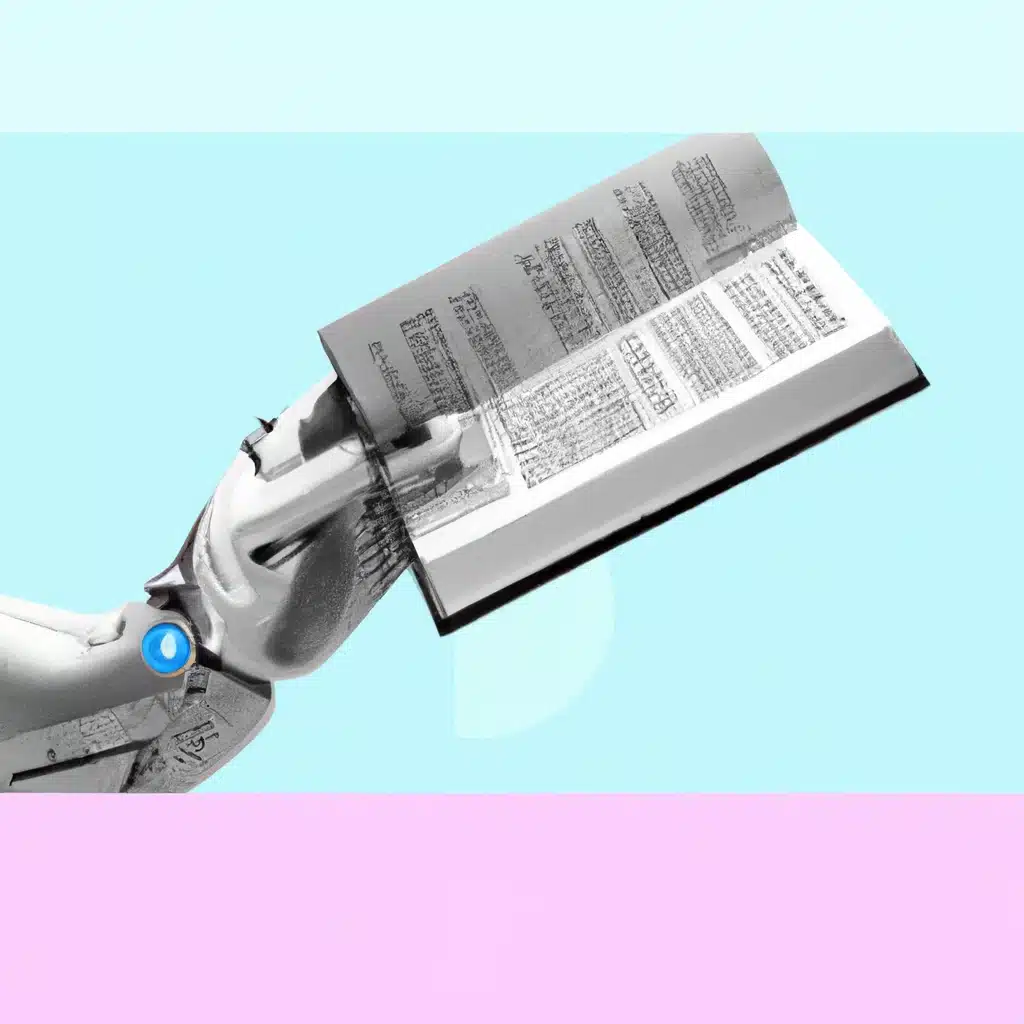Organizations are increasingly relying on AI in the fast-paced digital world to streamline their operations and customer experiences. Continuous improvement is one of the most promising implementations of AI in setting up feedback loops. Thus, this article explores the importance of AI feedback loops, optimizing feedback analysis, challenges introduced, how to effectively use customer data, and future directions in AI and feedback loops.
What is an AI in Feedback Loops and Why is it Important?
Understanding the Concept of Feedback Loop in AI
An AI feedback loop is a way in which AI systems derive feedback from their performance while adjusting their algorithms for improvement over time. This is an iterative process that is quite important for refining learning models by tweaking machine learning algorithms based on real-world data. By using a feedback loop, AI models are in a continuous cycle of learning from customer interactions, which means that they will continue to increase their accuracy and effectiveness. It is what differentiates advanced AI technology from its predecessors by enabling it to receive feedback and adapt – the key strength of a feedback loop in AI capabilities.
The Significance of Feedback Loops in Continuous Improvement
Feedback loops play an important role in continuous improvement. They enable AI systems to learn and improve over time and ensure that organizations can effectively respond to the feedback given by customers. By incorporating feedback analysis, businesses can identify trends, understand the sentiments surrounding a specific product, and make data-driven decisions that in turn will improve the satisfaction level of customers. The importance of these loops cannot be underestimated because they create a dynamic environment where AI systems can evolve based on user experiences to eventually produce better customer support and optimized customer experience.
How AI Models Utilize Feedback Loops
When it comes to feedback loops, AI models make use of them by using algorithms that can process customer feedback and adjust their responses accordingly. For instance, when the AI model is given some form of feedback through the customer, it analyzes that data to deduce the sentiment behind it. This understanding of sentiments towards a product or service will affect the way by which recommendations or service responses from an AI system can be developed accordingly. Thus, the feedback loop plays a fundamental role in ensuring that AI systems remain aligned with evolving customer needs.
How Can AI Optimize Feedback Analysis?
Integrating AI for Enhanced Customer Feedback Management
Integrating AI into customer feedback management processes allows organizations to optimize and streamline their analysis. AI tools can automatically categorize and prioritize feedback based on sentiment and relevance, ensuring that critical issues are addressed promptly. Companies can get better insight into the preferences of customers by making use of AI capability and, thus, customize their services for customers much better and increase customer satisfaction overall. This integration saves time but does not neglect the insights that involve the value given to the customer and creates a culture that encourages learning and improvement continually.
Real-Time Feedback Analysis with AI Systems
One of the biggest positives of using AI in feedback analysis is real-time assessment capability. AI systems can analyze incoming customer feedback as it arrives so that organizations can provide immediate responses to the issues identified. Time has a big role in customer experience as a response over a delay can prove highly crucial for customer satisfaction. Adapting AI technology for the analysis of feedback can help businesses stay ahead of potential problems and adjust their strategies in response to emerging trends and sentiments.
Generative AI and Its Role in Feedback Optimization
The real game-changer, however, is that generative AI is changing the game of feedback optimization. Advanced algorithms allow for simulated scenarios according to customer feedback so that companies can try out responses and strategies before implementation. This makes it easier to find the best way to enhance the satisfaction and experience of customers in a business. Personalized responses may also be made easier with generative AI, thereby leading to better engagement with customers and profound business-to-client relationships.
What are the Challenges of Implementing AI Feedback Loops?
Understanding Model Collapse in AI Systems
Implementing AI feedback loops is not without its challenges, one of which is model collapse. This phenomenon occurs when an AI model becomes overly reliant on specific feedback patterns, leading to a deterioration in performance. For example, when AI is repeatedly exposed to the same types of feedback, adaptation to new or varied inputs may be difficult. Understanding model collapse is essential because it helps organizations implement safeguards that their AI systems are robust enough to handle diverse customer feedback.
Common Pitfalls in Feedback Loop Implementation
Many pitfalls can be associated with the implementation of the AI feedback loop. One of the common pitfalls is biased feedback analysis. If the data on which AI systems are trained is not representative of the larger customer base, the implications drawn from the feedback analysis could create skewed outcomes specific to particular demographics, thus making strategic decisions misinformed. Organizations have to be careful in their data collection processes, ensuring they capture a wide array of customer experiences to avoid this risk. Moreover, unclear objectives set at the time of establishing feedback loops can result in inefficient processes that do not provide actionable information.
Strategies to Overcome Feedback Loop Challenges
In trying to combat these problems, an organization must set up a strong framework for data collection and analysis. This would mean diversifying data sources, having regular audits on feedback processes, and training AI models using different datasets. This can be achieved by ensuring that AI systems are exposed to a wide range of customer interactions, hence enhancing the adaptability of algorithms. Moreover, creating a learning culture within the organization will help teams stay abreast of challenges and take proactive steps in addressing the same for sustaining AI feedback loops.
How to Effectively Leverage Customer Data in AI Feedback Loops?
Collecting and Analyzing User Feedback
One of the most important functions of any proper AI feedback loop is to collect and analyze feedback about users. Different methods are engaged with the organization to collect feedback, such as surveys, social media monitoring, and direct customer interactions. Once collected, AI systems can then analyze this feedback using machine learning algorithms to identify patterns and trends. This not only helps businesses understand customer preferences better but also tells them how to develop their products and services. By effectively harnessing customer data, the AI models being used by the organization stay current and responsive to users’ needs.
Utilizing Customer Data for Continuous Improvement
For organizations to continually improve, using customer data is indispensable. AI feedback loops can synthesize this kind of data into actionable insights that may be used in making strategic decisions. For example, a business may determine regular problems from an analysis of the trends over time for the feedback collected. This proactive approach to feedback management encourages a culture of innovation and responsiveness so that organizations can adapt toward meeting changing customer expectations. Learning through customer data not only enhances AI capability but also strengthens the relationship with customers, leading to improved satisfaction and loyalty.
Case Studies on Successful Customer Data Leveraging
Many case studies demonstrate a successful leveraging of customer data in using AI feedback loops. For instance, Amazon and Netflix are the companies that have used sophisticated AI systems to analyze massive volumes of customer feedback and develop them for their recommendations and enhance user experiences. Those organizations have proven that by collecting a lot of customer data effectively and analyzing it, they can develop strong AI models that change with user preferences to make sure those customers stay with them. Such case studies indicate the role of AI feedback loops as a catalyst for constant innovation and improvement of customer experience.
What are the Future Trends of AI in Feedback Loops?
AI and Digital Transformation in Feedback Loops
The future trends of AI in the feedback loops are intrinsically related to the digital transformation within an organization. With more companies embracing AI technology, we can expect further sophisticated feedback mechanisms that will integrate well with current systems. The advancement of AI combined with digital tools will help organizations use real-time feedback in ways previously unimaginable. This will result in more agile and responsive operating environments to improve customer experience better while enabling organizations to make and act on data-informed decisions for constant improvement.
The Evolution of Learning Algorithms in AI Feedback Systems
While AI technology evolves, so will the learning algorithms that underpin feedback systems. Future AI models are going to carry out subtle analyses incorporating advanced techniques in machine learning for analyzing customer feedback. Such evolutionarily advanced algorithms would efficiently allow AI systems to notice subtle changes in customer sentiment and thus enable organizations to effectively respond to customer needs. The continuous improvement of learning algorithms will indeed play a big role in the relevance and impact of AI feedback loops in the future.
Predictions for AI-Generated Feedback Systems
Looking ahead, it is predicted that AI-generated feedback systems will become an integral part of customer experience management. By leveraging generative AI, organizations will be able to simulate customer interactions and anticipate their needs more accurately. These systems will not only enhance the efficiency of feedback loops but also pave the way for more personalized customer experiences. As AI technology continues to advance, the potential for AI-generated feedback systems to revolutionize customer feedback management is immense, promising a future where continuous improvement is seamlessly integrated into organizational processes.




